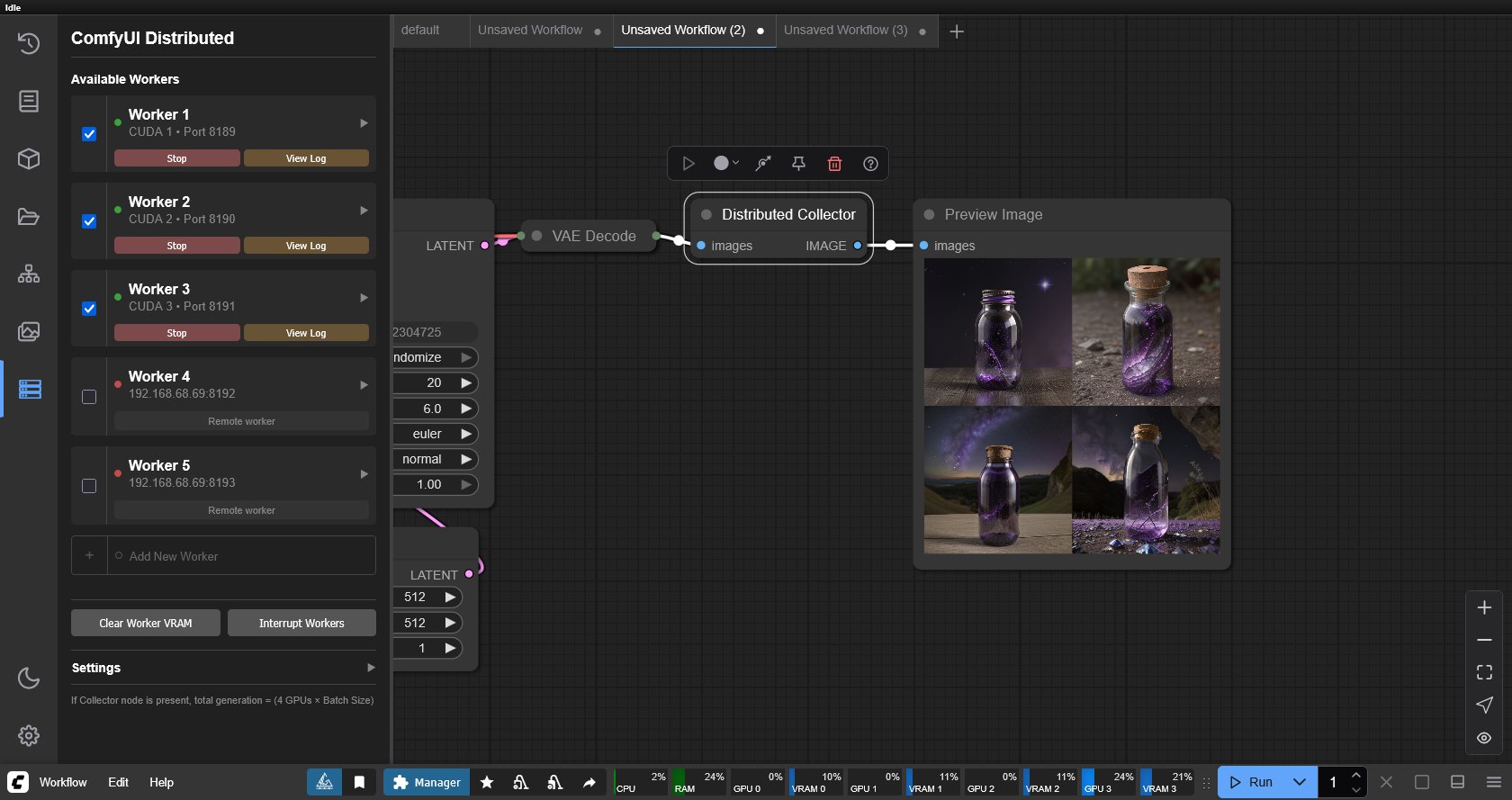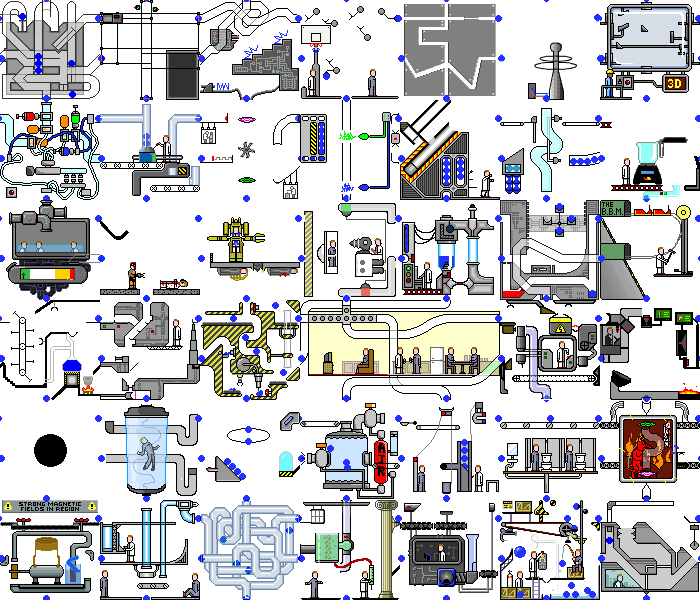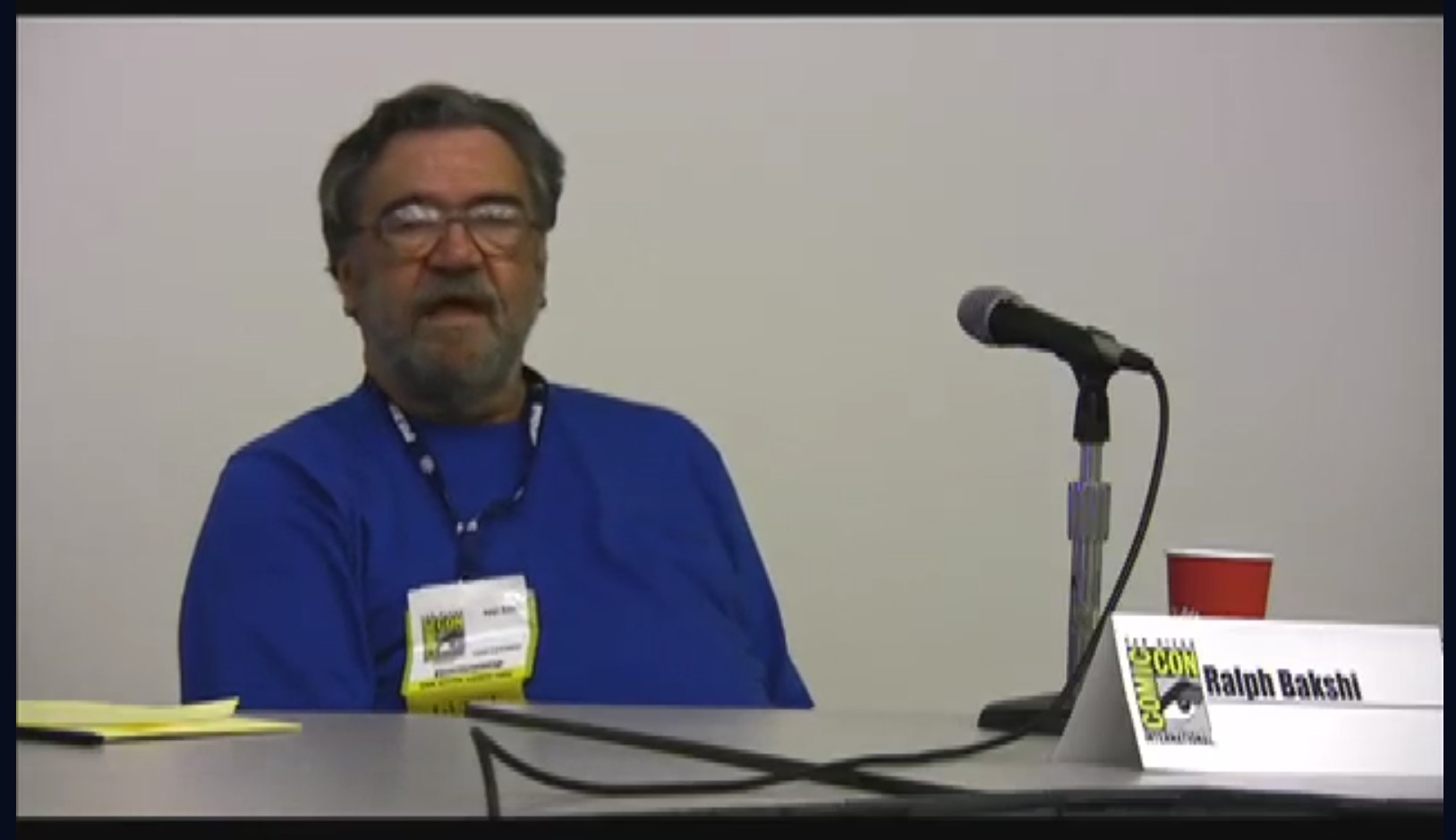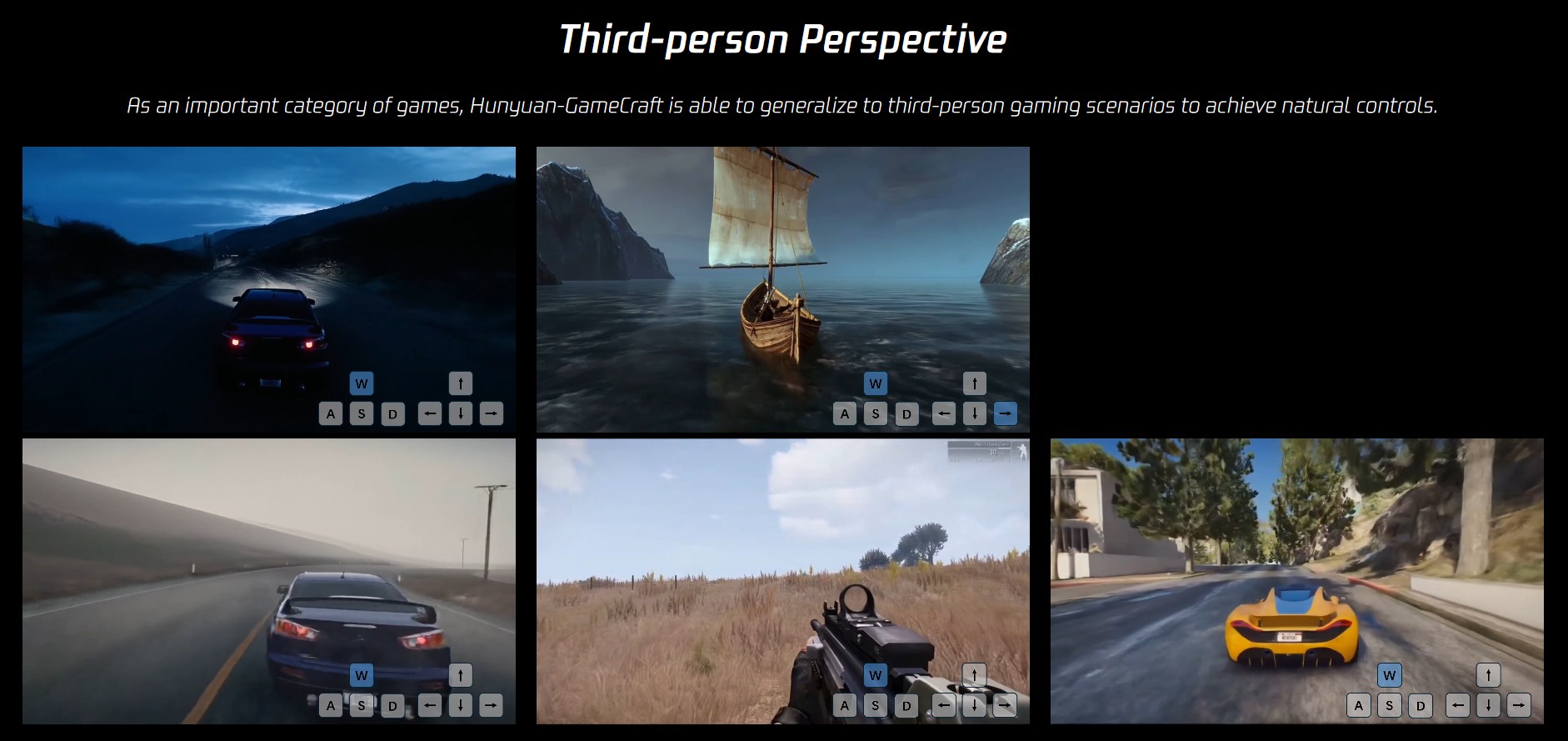BREAKING NEWS
LATEST POSTS
-
ComfyUI-Distributed – Parallel and distributed processing across multiple GPUs and machines
https://github.com/robertvoy/ComfyUI-Distributed
Key FeaturesParallel Workflow Processing
- Parallel Generation – Run the same workflow on multiple GPUs simultaneously with different seeds
- Automatic Load Balancing – Distribute workflow execution across available workers
- Batch Acceleration – Generate multiple variations faster by using all your GPUs
Distributed Upscaling- True Distributed Processing – Split large upscaling tasks into tiles processed across multiple GPUs
- Tile-based Upscaling – Intelligent work distribution for Ultimate SD Upscale
Management & Monitoring- Automatic Worker Management – Launch and monitor workers from the UI
- Network Support – Use GPUs across different machines on your network
- Real-time Monitoring – Track worker status and performance from the UI
- Easy Configuration – JSON-based configuration with UI controls
- Memory Management – Built-in VRAM clearing

FEATURED POSTS
-
The Public Domain Is Working Again — No Thanks To Disney
www.cartoonbrew.com/law/the-public-domain-is-working-again-no-thanks-to-disney-169658.html
The law protects new works from unauthorized copying while allowing artists free rein on older works.
The Copyright Act of 1909 used to govern copyrights. Under that law, a creator had a copyright on his creation for 28 years from “publication,” which could then be renewed for another 28 years. Thus, after 56 years, a work would enter the public domain.
However, the Congress passed the Copyright Act of 1976, extending copyright protection for works made for hire to 75 years from publication.
Then again, in 1998, Congress passed the Sonny Bono Copyright Term Extension Act (derided as the “Mickey Mouse Protection Act” by some observers due to the Walt Disney Company’s intensive lobbying efforts), which added another twenty years to the term of copyright.
it is because Snow White was in the public domain that it was chosen to be Disney’s first animated feature.
Ironically, much of Disney’s legislative lobbying over the last several decades has been focused on preventing this same opportunity to other artists and filmmakers.The battle in the coming years will be to prevent further extensions to copyright law that benefit corporations at the expense of creators and society as a whole.
-
Survivorship Bias: The error resulting from systematically focusing on successes and ignoring failures. How a young statistician saved his planes during WW2.
A young statistician saved their lives.
His insight (and how it can change yours):
(more…)
During World War II, the U.S. wanted to add reinforcement armor to specific areas of its planes.
Analysts examined returning bombers, plotted the bullet holes and damage on them (as in the image below), and came to the conclusion that adding armor to the tail, body, and wings would improve their odds of survival.
But a young statistician named Abraham Wald noted that this would be a tragic mistake. By only plotting data on the planes that returned, they were systematically omitting the data on a critical, informative subset: The planes that were damaged and unable to return.
-
What causes color
www.webexhibits.org/causesofcolor/5.html
Water itself has an intrinsic blue color that is a result of its molecular structure and its behavior.

-
GretagMacbeth Color Checker Numeric Values and Middle Gray
The human eye perceives half scene brightness not as the linear 50% of the present energy (linear nature values) but as 18% of the overall brightness. We are biased to perceive more information in the dark and contrast areas. A Macbeth chart helps with calibrating back into a photographic capture into this “human perspective” of the world.
https://en.wikipedia.org/wiki/Middle_gray
In photography, painting, and other visual arts, middle gray or middle grey is a tone that is perceptually about halfway between black and white on a lightness scale in photography and printing, it is typically defined as 18% reflectance in visible light

Light meters, cameras, and pictures are often calibrated using an 18% gray card[4][5][6] or a color reference card such as a ColorChecker. On the assumption that 18% is similar to the average reflectance of a scene, a grey card can be used to estimate the required exposure of the film.
https://en.wikipedia.org/wiki/ColorChecker
(more…)











